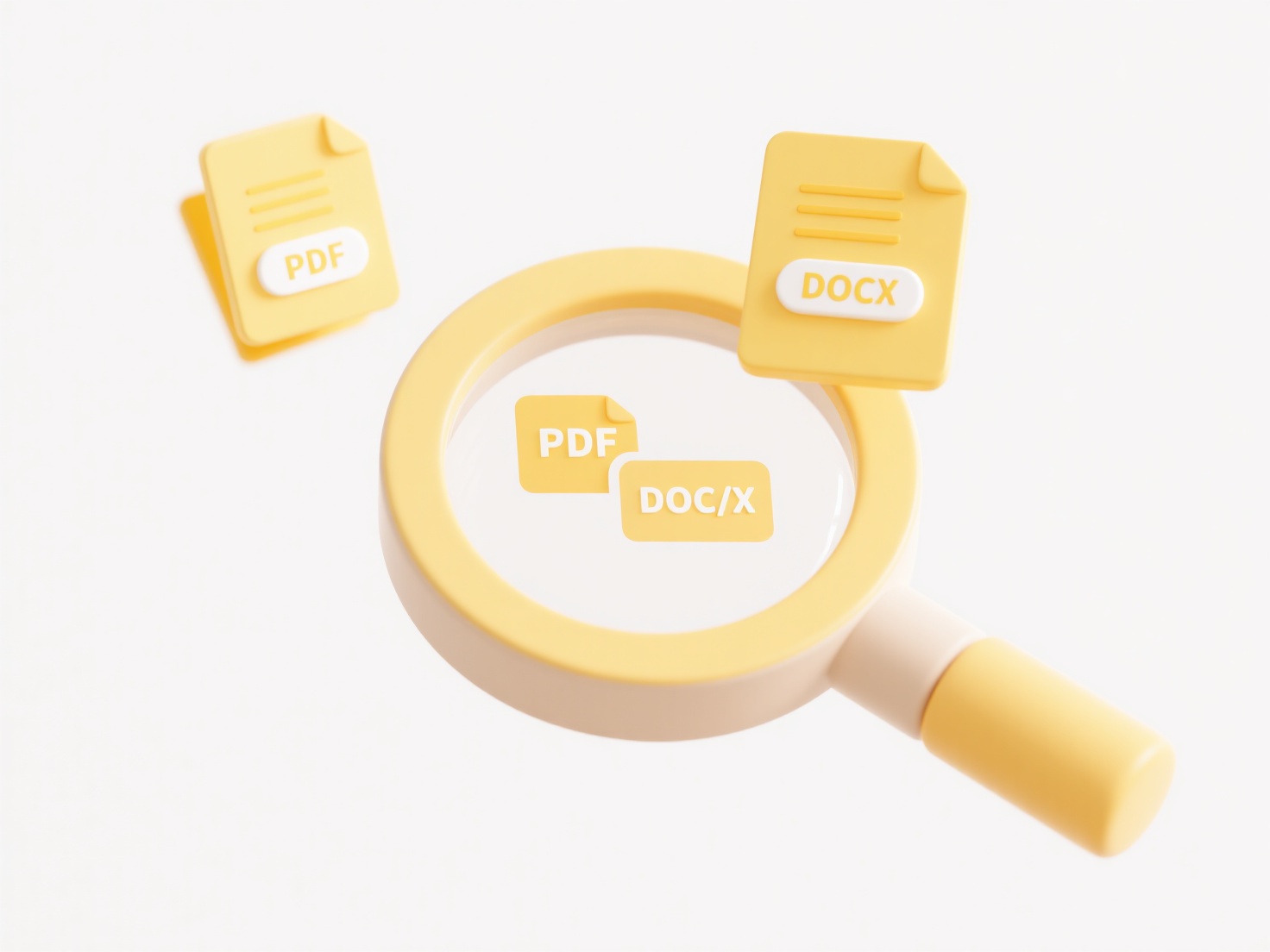
Removing access for an entire group simultaneously streamlines permission management in systems using role-based access control. Instead of revoking access individually for each group member, administrators modify or remove the permissions assigned to the group object itself. Any user belonging to that group immediately loses the specific permissions that were exclusively granted via that group membership. This is fundamentally different from removing individual user permissions, which leaves other group members unaffected.
This approach is particularly efficient in corporate IT environments using identity management systems like Microsoft Active Directory or Azure AD. For instance, an administrator can disable access to a retired project management application for all users in the 'Project_Zeta' group by simply removing that group's access rights within the application settings or the directory group configuration. Similarly, cloud platforms like AWS IAM allow revoking permissions associated with an IAM group in one action.

While highly efficient for widespread permission changes, success depends on correct group structures and consistent use of group-based permissions exclusively for that access. Users granted permissions directly and via the group would retain direct rights after the group removal. This action requires careful permission review first to prevent unintended access loss. Bulk removal significantly reduces administrative overhead compared to individual user changes but necessitates robust group management practices to ensure accuracy and avoid operational disruption.
How do I remove access for a whole group at once?
Removing access for an entire group simultaneously streamlines permission management in systems using role-based access control. Instead of revoking access individually for each group member, administrators modify or remove the permissions assigned to the group object itself. Any user belonging to that group immediately loses the specific permissions that were exclusively granted via that group membership. This is fundamentally different from removing individual user permissions, which leaves other group members unaffected.
This approach is particularly efficient in corporate IT environments using identity management systems like Microsoft Active Directory or Azure AD. For instance, an administrator can disable access to a retired project management application for all users in the 'Project_Zeta' group by simply removing that group's access rights within the application settings or the directory group configuration. Similarly, cloud platforms like AWS IAM allow revoking permissions associated with an IAM group in one action.

While highly efficient for widespread permission changes, success depends on correct group structures and consistent use of group-based permissions exclusively for that access. Users granted permissions directly and via the group would retain direct rights after the group removal. This action requires careful permission review first to prevent unintended access loss. Bulk removal significantly reduces administrative overhead compared to individual user changes but necessitates robust group management practices to ensure accuracy and avoid operational disruption.
Quick Article Links
How do I organize ebooks and PDFs?
Organizing ebooks and PDFs involves creating a digital filing system using tools and strategies to easily locate and man...
What tools allow batch export of files?
Batch exporting refers to the process of simultaneously exporting multiple files from a source system or application int...
Can I delete temporary files after export?
Temporary files are automatically generated by software during operations like exports to store intermediate data that f...